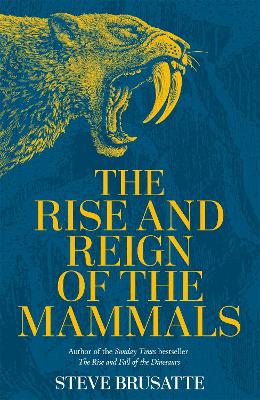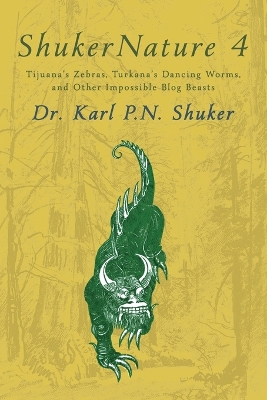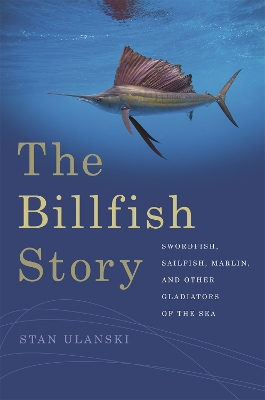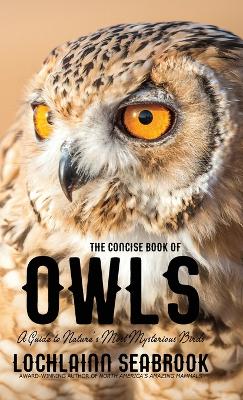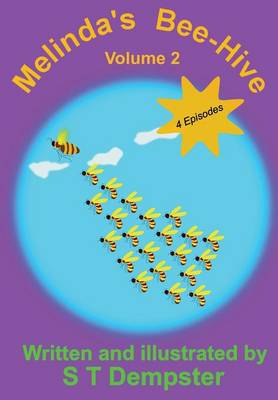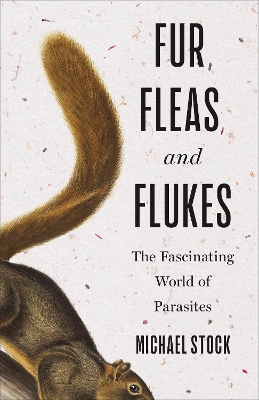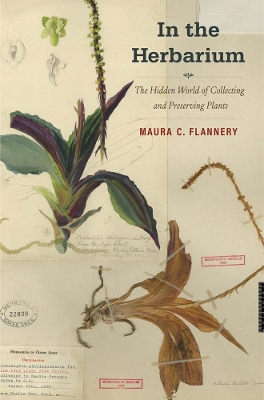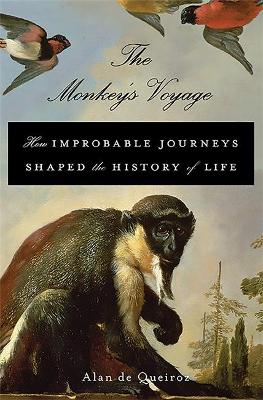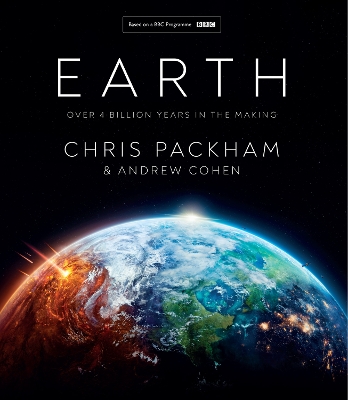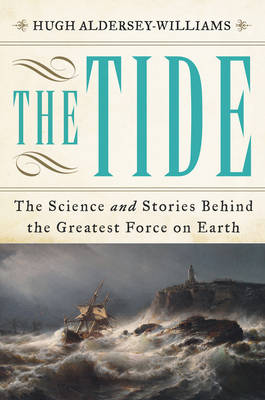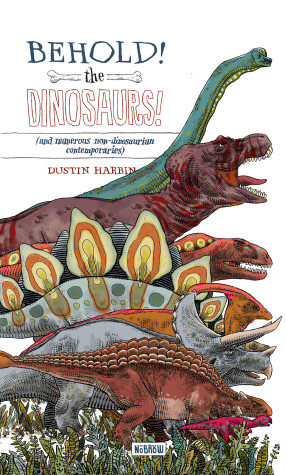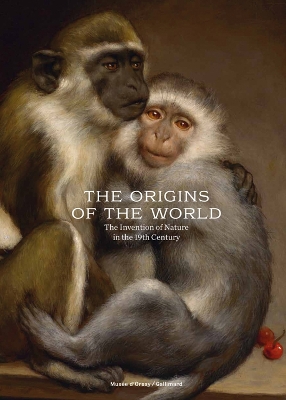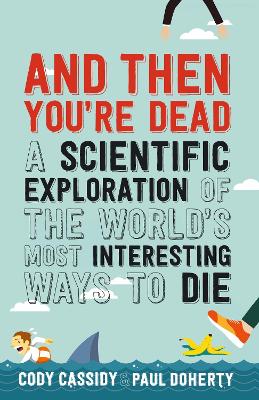A New Order of Fishlike Amphibia From the Pennsylvanian of Kansas
by Peggy Lou Stewart
The Life and Letters of George John Romanes, M.A., LL.D., F.R.S.
by Ethel Duncan Romanes and George John Romanes
'Steve Brusatte, the author of The Rise and Fall of the Dinosaurs, brings mammals out from the shadow of their more showy predecessors . . . In this beautifully written . . . terrific book, he tells the extraordinary story of how mammals came to be and makes the case for them as creatures who are just as engaging as dinosaurs.' – The Sunday TimesThe passing of the age of the dinosaurs allowed mammals to become ascendant. But mammals have a much deeper history. They – or, more precisely, we – ori...
This brilliant and ambitious book is an account of the events that made our world the place it is - geologically, climatically and ecologically - and a call for a new way of thinking about history. 'We learn', Tudge writes, 'to think only in desperately trivial twinklings of time. . . But this contracted view of time is not merely comic. It is dangerous. ' The proper sense of time, he argues, is one that allows us to appreciate the world and see what we are doing to it. If humankind is to surviv...
An Arkansas Florilegium (The Arkansas Character)
An Arkansas Florilegium is a late-flowering extension of the work initiated sixty years ago with University of Arkansas botanist Edwin B. Smith’s first entries in his pioneering Atlas and Annotated List of the Vascular Plants of Arkansas. Soon after this seminal survey of the state’s flora was published in 1978, Kent Bonar, a Missouri-born Thoreau acolyte employed as a naturalist by the Arkansas Park Service, began lugging the volume along on hikes through the woods surrounding his Newton County...
The Billfish Story (Wormsloe Foundation Nature Book) (Wormsloe Foundation Nature Book Ser.)
by Stan Ulanski
The billfish is fixed at the apex of the oceanic food chain. Composed of sailfish, marlin, spearfish, and swordfish, they roam the pelagic waters of the Atlantic and are easily recognized by their long, spear-like beaks. Noted for their speed, size, and acrobatic jumps, billfish have for centuries inspired a broad spectrum of society. Even in antiquity, Aristotle, who assiduously studied the swordfish, named this gladiator of the sea xiphias - the sword. The Billfish Story tells the saga of thi...
A richly illustrated introduction to the marvelous world of snakesDescended from prehistoric lizards, snakes have been slithering across the earth for more than a hundred million years. There are some 4,100 species known to exist, and many are venomous, but many more are not. Snakes experience the world in unique ways, smelling the air with their tongues and relying on signs of movement for orientation. They are ectothermic, needing external heat for energy, and must shed their skin to grow. Thi...
Shedding light on the unseen world around us, Fur, Fleas, and Flukes reveals the role parasites play in shaping the lives of wild mammals. Today, even if you live in a major city and seldom get a chance to visit national parks or wildlife reserves, you encounter wild mammals. On the inside and the outside of these animals exist an amazing diversity of living things: parasites. These parasites play crucial roles in the ecology, behavior, and evolution of their wild mammal hosts. In Fur, Fleas, an...
Comments on the Taxonomy and Geographic Distribution of Some North American Rodents
by E Raymond Hall
How herbaria illuminate the past and future of plant science “We should treasure herbaria, in biologist Maura Flannery’s spirited retelling, not simply because of the stories they tell about plants, but because of the stories they tell about the individuals who assembled them.”—Laurence A. Marschall, Natural History Collections of preserved plant specimens, known as herbaria, have existed for nearly five centuries. These pressed and labeled plants have been essential resources for scienti...
The fascinating and complex evolutionary relationship of the monarch butterfly and the milkweed plant Monarch butterflies are one of nature's most recognizable creatures, known for their bright colors and epic annual migration from the United States and Canada to Mexico. Yet there is much more to the monarch than its distinctive presence and mythic journeying. In Monarchs and Milkweed, Anurag Agrawal presents a vivid investigation into how the monarch butterfly has evolved closely alongside the...
Throughout the world, closely related species are found on landmasses separated by wide stretches of ocean. What explains these far-flung distributions? Why are such species found where they are across the Earth?Since the discovery of plate tectonics, scientists have conjectured that plants and animals were scattered over the globe by riding pieces of ancient supercontinents as they broke up. In the past decade, however, that theory has foundered, as the genomic revolution has made reams of new...
‘Combines the natural history of programmes such as David Attenborough’s Planet Earth with the planetary focus of Brian Cox’s Universe’ Guardian A beautiful, full colour book to accompany the 5 part BBC TV series telling the most important story of all, the deep history of our own planet. With the trademark dramatic storytelling techniques of The Planets and The Universe, Andrew Cohen and Chris Packham narrate the biography of the Earth, revealing the...
Half of the world’s population today lives in coastal regions lapped by tidal waters. But the tide rises and falls according to rules that are a mystery to almost all of us. In The Tide, celebrated science writer Hugh Aldersey-Williams weaves together centuries of scientific thinking with the literature and folklore the tide has inspired to explain the power and workings of this most remarkable force. Here is the epic story of the long search to understand the tide: from Aristotle, who is said t...
Can you name 101 dinosaurs off the top of your head? Do you know which of them came first? Which was the first to go? Who was the tallest? How about the longest? The smallest? Fastest? Prettiest? Sleepiest? Dustin Harbin revisits some of the most awe-inspiring dinos to roam the earth in the Leporello format, a simple but beautifully illustrated infographic book that unravels 6.5 feet long.
The 19th century saw an unprecedented development of the natural sciences. Darwinian theory questions the origins of man, his place in Nature, his links with animals and his own animality in a world now understood as an ecosystem. This upheaval in the sciences, as well as the public debates throughout the century, deeply influenced the artists. The Musée d'Orsay and the Musée des Beaux-Arts de Montréal are devoting an exhibition to the intersection of science and the arts for the first time,...
What would happen if you took a swim outside a deep-sea submarine wearing only Speedos? How long could you last if you stood on the surface of the sun? How far could you actually get in digging a hole to China?And Then You're Dead offers serious answers to these horribly interesting questions. Paul Doherty and Cody Cassidy explore the real science behind these and other fantastical scenarios, offering insights into physics, astronomy, anatomy and more along the way. Illustrated with straightforw...



